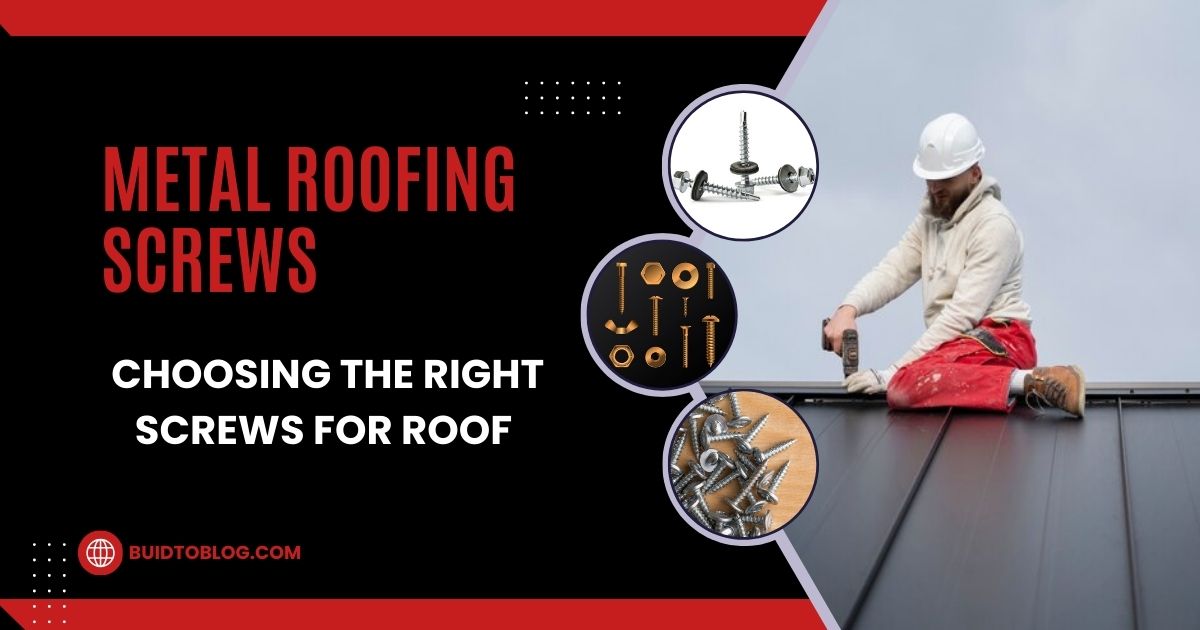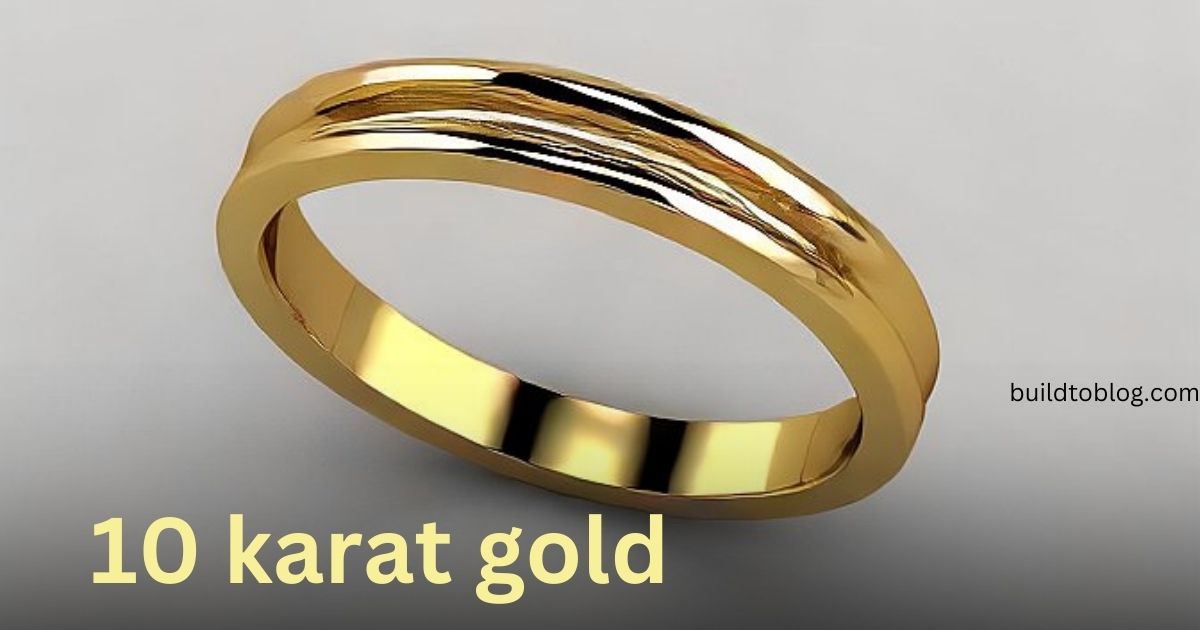The long lifespan, low maintenance, and aesthetically pleasing design of metal roofing have contributed to its meteoric rise in popularity. Nevertheless, fasteners are an often-overlooked part of a well-installed metal roof. For a long-lasting roof that doesn’t leak or deteriorate, metal roofing screws are an absolute must. Learn all about metal roofing screws—from the many types and materials to the best ways to install them—in this comprehensive article.
What Are Metal Roofing Screws?
Roofing panels made of metal can be fastened to the building underneath using metal roofing screws. These screws have double duty: they secure the panels in place and keep the roof from leaking or being easily damaged by high winds. Metal roofing screws, in contrast to standard screws, are constructed from materials that are resistant to corrosion and are engineered with weather-tight seals to ensure that no water may penetrate.
Why Metal Roofing Screws Are Important
Picking out the correct metal roofing screws is as critical as picking out the panels. A roof leak, warped panels, or even a roof that fails too soon might all be the result of using cheap screws. A roof’s structural integrity and resistance to severe weather are affected by the screw quality. To ensure your metal roof lasts and performs well, it is vital to invest in high-quality screws.
Materials Used in Metal Roofing Screws
The three most common metals for roofing screws are aluminum, stainless steel, and galvanized steel. Various benefits may be obtained from each of these materials:
Galvanized Steel
Galvanized steel is the material of choice for roofing screws due to its resistance to rust. Its affordability and long-lasting quality make it a favorite among many.
Stainless Steel
Although stainless steel screws are pricier, they are perfect for use in coastal regions or other severe conditions due to their exceptional resistance to corrosion..
Aluminum
Screws made of aluminum are resistant to corrosion and don’t weigh you down. Smaller projects or roofing materials with less weight are better suited for these screws because of their lower strength compared to steel screws.
Types of Metal Roofing Screws
There is a wide variety of it available, each optimized for a particular task. It will be easier to select the ideal one for your task if you are familiar with the many kinds.
Self-Drilling Screws
These screws may be used to screw into metal panels without the need to pre-drill any holes because of their drill bit tip. Because of how quickly and easily they install, they find extensive use in metal-to-metal applications.
Self-Tapping Screws
As you push these screws into the material, their threads will naturally tap into it. Attaching metal panels to softer materials, such as wood, is a popular usage for these.
Sealing Washer Screws
A neoprene or rubber washer is included with these screws to provide a tight seal around the screw hole. To avoid leaks, it is essential that water not seep in, and this does just that.
How to Choose the Right Length of Metal Roofing Screws
For a secure attachment, it’s crucial to pick the right length of it. Too long of a screw could cause harm by penetrating too deeply, whereas a screw that is too short won’t offer adequate grip. The standard recommendation is for the screw to go at least an inch into the material under the metal panel. Using a metal panel that is 1/4 inch thick as an example, a screw that is 1-1/4 inches long is recommended.
The Importance of Screw Spacing
For a metal roof to last and work properly, the spacing of the screws is critical. Screws spread too widely could cause the panels to rise in strong winds, while screws spaced too closely could damage the roof by creating stress points. As a rule of thumb, you should screw into the panel seams and edges every 18 to 24 inches. It is important to constantly follow the manufacturer’s standards when dealing with roofing systems, as these specifications might differ from one to another.
How to Avoid Common Installation Mistakes
If not put properly, even high-quality metal roofing screws might break. Incorrect screw tightening is a typical cause of sealing washer cracking due to excessive compression. However, you might increase the risk of leaks and poor seals by under-tightening the screws. To sidestep these problems, be careful not to over-compress the washer while tightening the screws; just enough to provide a close fit.
Corrosion Resistance and Metal Roofing Screws
They aren’t guaranteed to last forever due to corrosion. Screws can corrode from prolonged exposure to water, salt, and other elements, which can decrease their grip on the roof panels. To avoid this, a protective coating, such zinc or epoxy, is applied to the majority of it. Screws made of stainless steel are ideal for use in damp or salty conditions because they are impervious to corrosion.
The Role of Color-Matching Metal Roofing Screws
Roof panel color-matching metal roofing screws are available from several suppliers. In addition to enhancing the roof’s visual attractiveness, this also serves to conceal the screws, creating the illusion of a continuous roof. To provide a polished and professional look, color-matched screws are available in a wide range of colors to complement various panel treatments.
The Benefits of Metal Roofing Screws with Neoprene Washers
They have a neoprene washer, which is a crucial component. Positioned between the screw head and the metal panel, this little circular piece of rubber forms a seal that is impermeable to water. If you want your roof to be waterproof and leak-free, you need to get a neoprene washer. The neoprene washer will wear out with time, therefore it’s crucial to check your roof often for broken screws or washers and replace them.
When to Replace Metal Roofing Screws
They have a long lifespan, but you might have to replace them at some point. Replace any screws that have rusted, become loose, or have broken Neoprene washers.. If you examine your roof on a regular basis, particularly after bad weather, you can find these problems before they do additional harm.
The Cost of Metal Roofing Screws
They are often a budget-friendly purchase, however their price might vary by material and kind. The price of stainless steel screws is more than that of galvanized steel screws because of the latter’s greater resistance to corrosion. Galvanized screws are more budget-friendly. On the other hand, in settings where corrosion is an issue, the premium is usually justified.
Conclusion
While metal roofing screws may not appear important at first glance, they are really vital to the efficiency and durability of your metal roof. Careful consideration of the fasteners you use, from selecting the appropriate materials and kinds to guaranteeing correct installation, may yield excellent results. Your metal roof will last for years to come if you use high-quality screws and install it according to the manufacturer’s instructions.
FAQs
How often should I inspect metal roofing screws?
You should conduct regular inspections at least twice a year and after any significant storms.
Can I use regular screws for a metal roof?
No, regular screws lack the weather resistance and sealing capabilities of metal roofing screws.
What happens if I over-tighten metal roofing screws?
Over-tightening can damage the neoprene washer, leading to potential leaks.
Do metal roofing screws need to be replaced often?
Although they are durable, you should replace them if you notice rust or damage during inspections.
Are color-matched screws necessary for a metal roof?
While not necessary, color-matched screws improve the roof’s aesthetic and can provide a more polished look.





